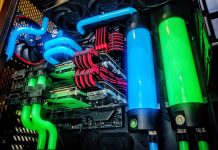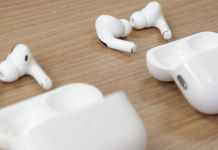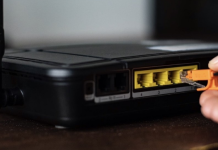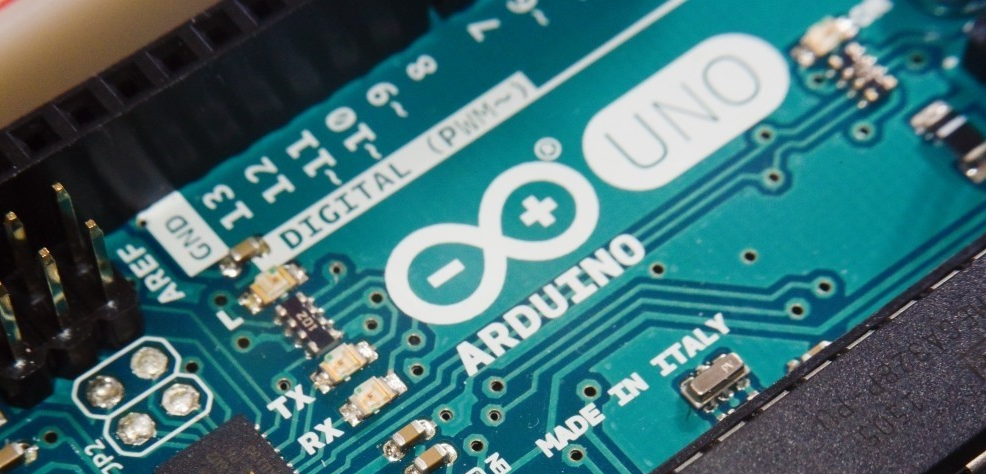
Today we are going to explain what exactly the Arduino project is, as well as the main characteristics that define it. It is one of the most popular types of boards in the maker world, but unlike the Raspberry Pi, it does not have a single model, but instead offers open hardware bases so that other manufacturers can create their boards.
To do this, we are going to start by explaining what Arduino is, talking about its concept, what makes the project different, and what we want to achieve with it. Then we will go into how these boards work, to end by showing a few examples of the projects that can be done with them.
What is Arduino
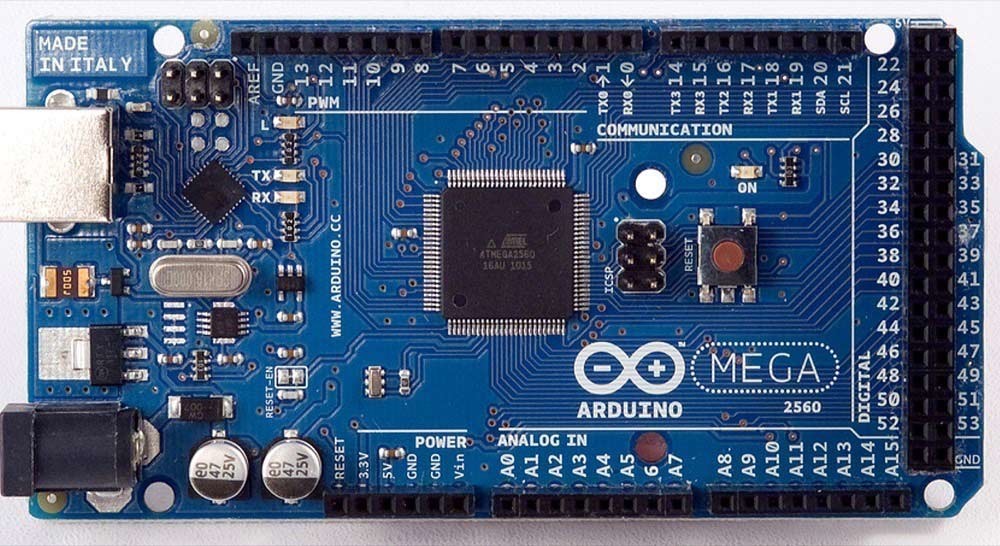
Arduino is an open-source electronics creation platform, which is based on free hardware and software that is flexible and easy to use for creators and developers. This platform allows the creation of different types of single-board microcomputers that the community of creators can put to different types of use.
In order to understand this concept, you will first have to understand the concepts of free hardware and free software. Free hardware is devices whose specifications and diagrams are publicly accessible so that anyone can replicate them. This means that Arduino offers the bases so that any other person or company can create their boards, which may be different from each other but equally functional starting from the same base.
Free software is computer programs whose code is accessible by anyone so that anyone can use and modify it. Arduino offers the Arduino IDE (Integrated Development Environment) platform, which is a programming environment with which anyone can create applications for Arduino boards so that they can be given all kinds of utilities.
The project was born in 2003, when several students from the Institute of Interactive Design of Ivrea, Italy, facilitated the access and use of electronics and programming. They did it so that electronics students would have a cheaper alternative to the popular BASIC Stamp, boards that at that time cost more than a hundred dollars, and that not everyone could afford.
The result was Arduino, a board with all the necessary elements to connect peripherals to the inputs and outputs of a microcontroller, that can be programmed in both Windows, macOS, and GNU/Linux. A project that promotes the ‘learning by doing’ philosophy, which means that the best way to learn is by messing around.
How Arduino works
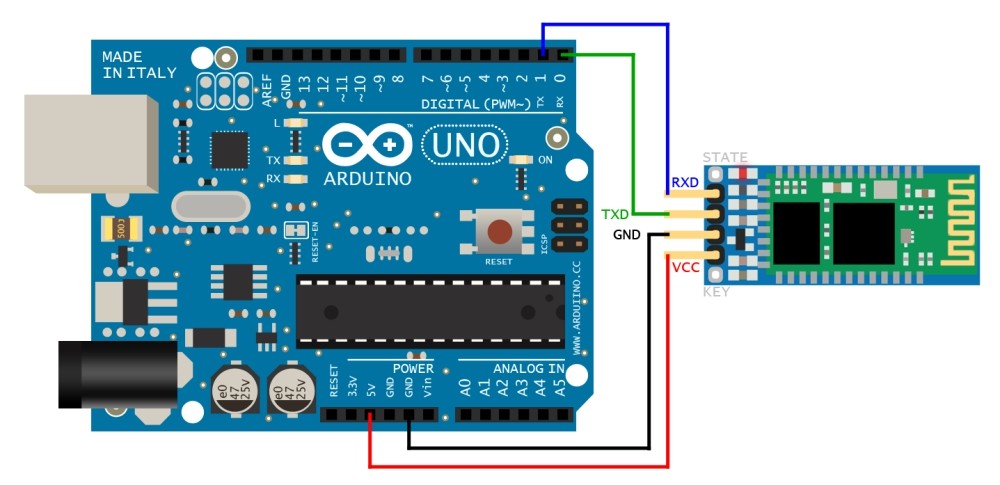
The Arduino is a board based on an ATMEL microcontroller. Microcontrollers are integrated circuits in which instructions can be recorded, which you write with the programming language that you can use in the Arduino IDE environment. These instructions allow you to create programs that interact with the circuits on the board.
The Arduino microcontroller has what is called an input interface, which is a connection in which we can connect different types of peripherals to the board. The information from these peripherals that you connect will be transferred to the microcontroller, which will be in charge of processing the data that arrives through them.
The type of peripherals you can use to send data to the microcontroller depends largely on what use you are thinking of giving it. They can be cameras to obtain images, keyboards to enter data or different types of sensors.
It also has an output interface, which is responsible for taking the information that has been processed in the Arduino to other peripherals. These peripherals can be screens or speakers on which to reproduce the processed data, but they can also be other boards or controllers.
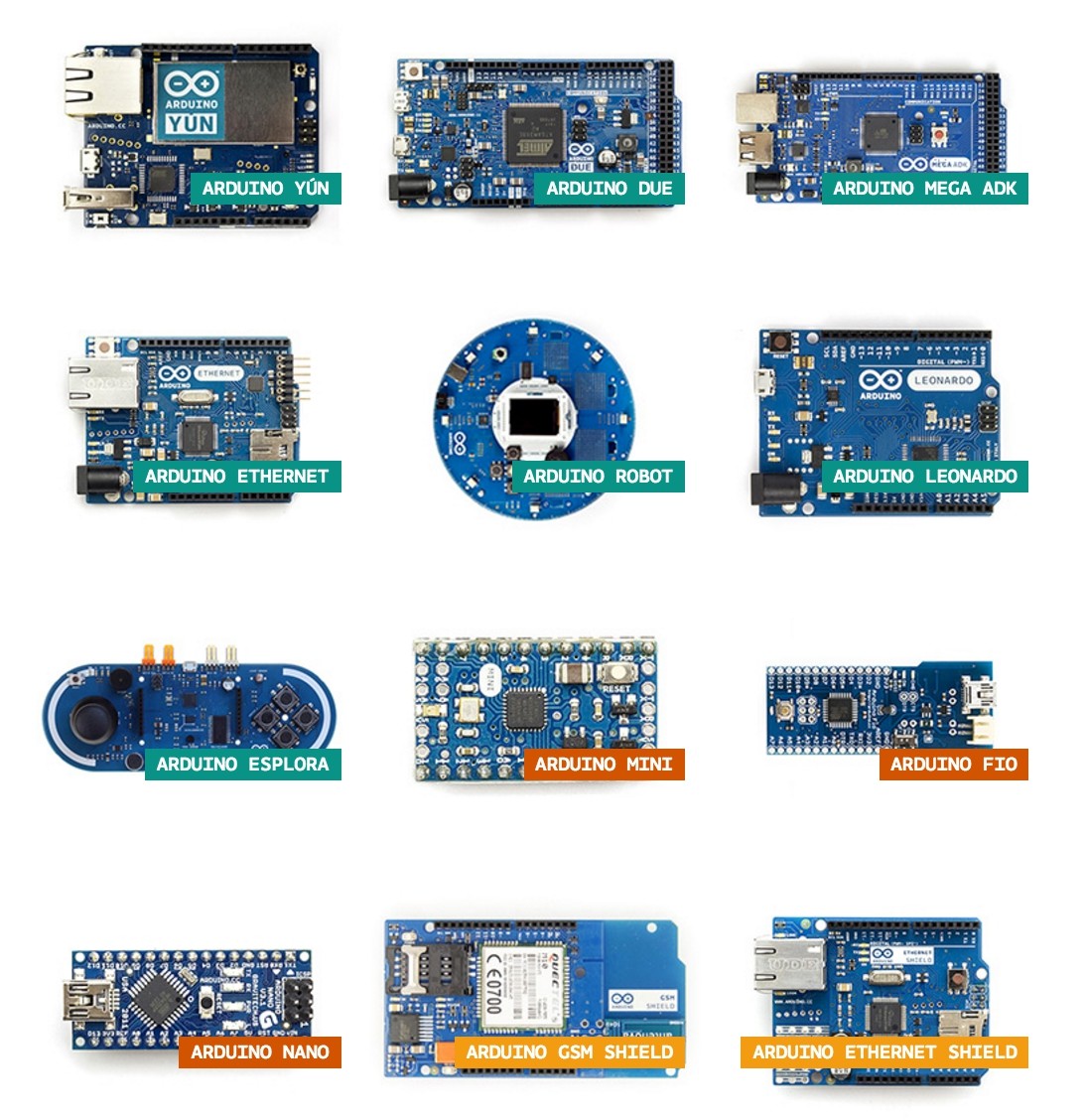
Arduino is a project and not a specific board model, which means that by sharing its basic design you can find different types of boards. They come in various shapes, sizes, and colors to suit the needs of the project you are working on, There are simple ones or ones with improved features, Arduinos oriented to the Internet of Things or 3D printing and, of course, depending on these features you will find all kinds of prices.

In addition, Arduino boards also have other types of components called Shields or backpacks. These are a kind of boards that are connected to the main board to add an infinite number of functions, such as GPS, real-time clocks, radio connectivity, LCD touch screens, development boards, and a very long list of elements. There are even stores with sections specialized in these elements.
What can we do with one
The enormous flexibility and free and open nature of Arduino mean that you can use this type of board for practically anything, from clocks to connected scales, to robots, voice-controlled blinds, or your vending machine. In this article, you have several dozen examples. Here you have some of them.
We have an example in this project in which we can automatically synchronize our Google calendar or Gmail email so that, based on our events, the system configures a series of alarms. It is made with the most unknown boards in the Arduino world, the Yún, and a screen that turns it into a digital clock.
You need a 3D printer for the casing and some parts, but the finish will then be excellent. In this project, with an Arduino board as a brain and sensors to detect up to 200 kg of weight, you can build your connected scale, with access to the IFTTT service to connect with other quantification accounts.
A gumball machine that is only activated if we indicate a specific sound pattern on its surface. Come on, it’s a candy machine that we will activate with a rhythm that we have configured. The project combines piezoelectric sensors with the brain of the Arduino.
With patience, taking the already programmed code, and doing a few soldering, an Arduino ATmega328 board for less than 10 euros is the basis for assembling our home access system using fingerprint. We can even include a screen that integrates the ATmega328 to make the system more compact.
A properly placed servomotor to move Venetian blinds can become, in a short time, and with some programming, a voice-controlled system via Bluetooth that allows us to both open and close them on demand. Once you have assimilated the operation and programming of the system, automating more elements of the house is a matter of time and imagination.
A lot of DIY but also a lot of satisfaction is what we get if we complete this project to build a personal vending machine. We have the instructions for construction, assembly and of course the programming in Arduino.
Portable and low cost. This is the alarm for backpacks that with an Arduino board and a three-axis accelerometer we can build in a very short time. Once activated, if the backpack moves about 10 degrees, we can make the alarm sound mercilessly.
We also have this automated garden that collects data and is in charge of watering the plants in our urban garden automatically. With this project, if you have the right information, maintaining an orchard is a matter of less dedication.
There are also projects like this one, in which a robotic arm can be created capable of, after picking up an object with tweezers, not colliding with obstacles thanks to an ultrasonic sensor.
A genius from the maker world even built a life-size BB8 robot. Then, with an Arduino board and Bluetooth connectivity, you have the luxury of being able to control it from your smartphone. Incredible and very motivating for the intelligent use it makes of materials that we can all have at home and without any apparent “technological” use.
If after reading our article you want to give Arduino a try and start with your first steps, here are several special articles that we have made in Xataka to help you get off to a good start:
- The Arduinomaniac’s Guide: Everything You Need To Know About The Arduino. A much more practical and technical guide with all the details of how Arduino works.
- Getting Started with Arduino (Genuino): How to Choose the Board, Compatible Models, and Starter Kits: A buying guide with Arduino board types, compatible models, and basic kits to get you started.
- What to buy and read to get started with Arduino: A purchasing guide to get started with Arduino, to which we add a series of literary recommendations to better understand how it works and what you can do with it.

Sharlene Meriel is an avid gamer with a knack for technology. He has been writing about the latest technologies for the past 5 years. His contribution in technology journalism has been noteworthy. He is also a day trader with interest in the Forex market.


